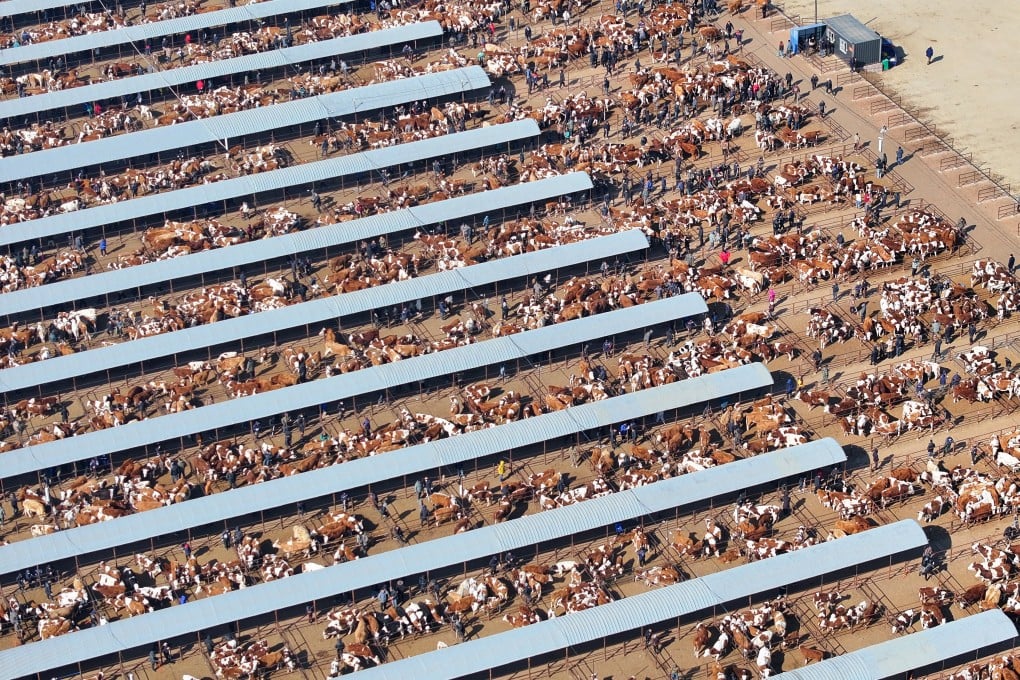Advertisement
Opinion | How China and Laos are taking the food security bull by the horns
The cattle crossbreeding agreement between Beijing and Vientiane is an example of cooperation that could benefit the region
Reading Time:3 minutes
Why you can trust SCMP
2

Can China and Laos help secure Asia’s food future? A landmark agreement they signed last month could do just that.
Under a cattle crossbreeding agreement, China will export 100,000 doses of frozen semen from the Huaxi breed, along with 10 breeding bulls, to Laos, a landlocked Belt and Road Initiative partner.
Two-way trade is booming, having reached US$8.23 billion last year – a 15.9 per cent year-on-year increase. China could soon surpass Thailand as Laos’ top trading partner. Laos exports agricultural products such as cassava, bananas and sugar to China while importing essential food items, underscoring their mutual reliance.
Advertisement
Agriculture is vital for both economies. In Laos, it accounts for 16.5 per cent of gross domestic product and more than 20 per cent of exports. In China, agriculture represents 16.2 per cent of GDP.
Building on flagship projects such as the US$6 billion China-Laos railway, the Huaxi cattle agreement could reshape bilateral and regional agricultural trade and dynamics. The benefits for Beijing are significant as boosting agriculture and biotechnology exports would benefit both China’s tech sector and beef industry.
Advertisement
The new agreement also supports China’s broader “Food Silk Road” strategy, which seeks to diversify food imports and reduce dependency on any single source. Despite President Xi Jinping’s focus on boosting local production to safeguard the country’s food security, limited arable land and other challenges are driving Chinese reliance on food imports, including beef.
Advertisement
Select Voice
Choose your listening speed
Get through articles 2x faster
1.25x
250 WPM
Slow
Average
Fast
1.25x
